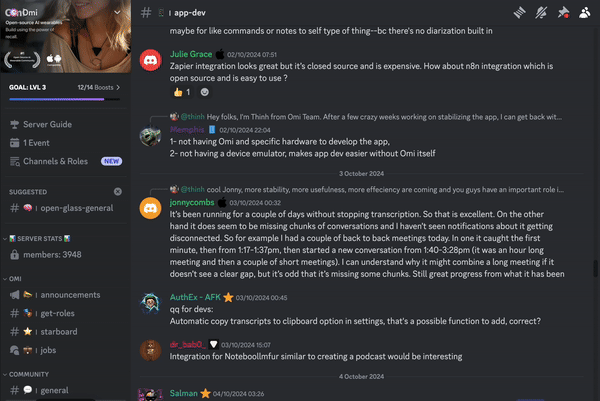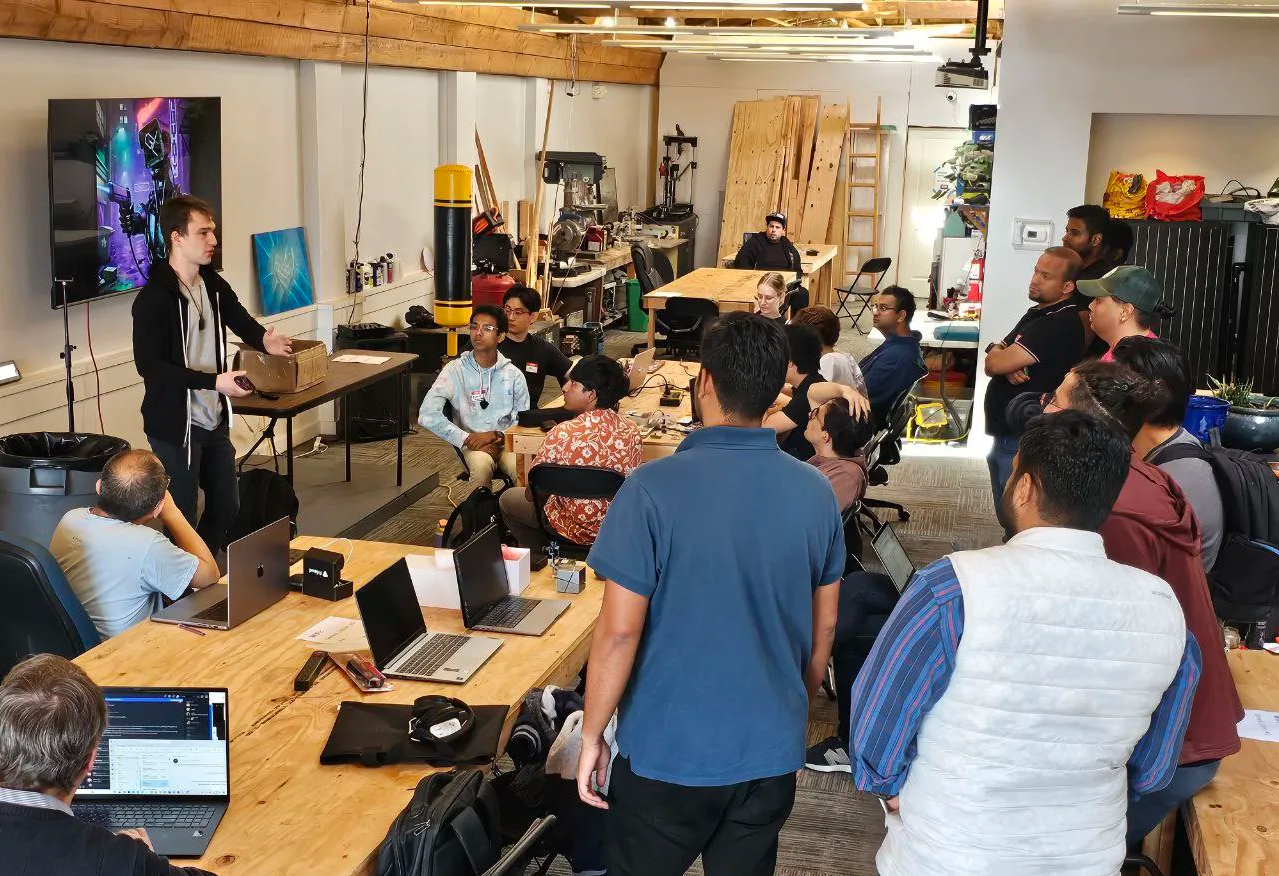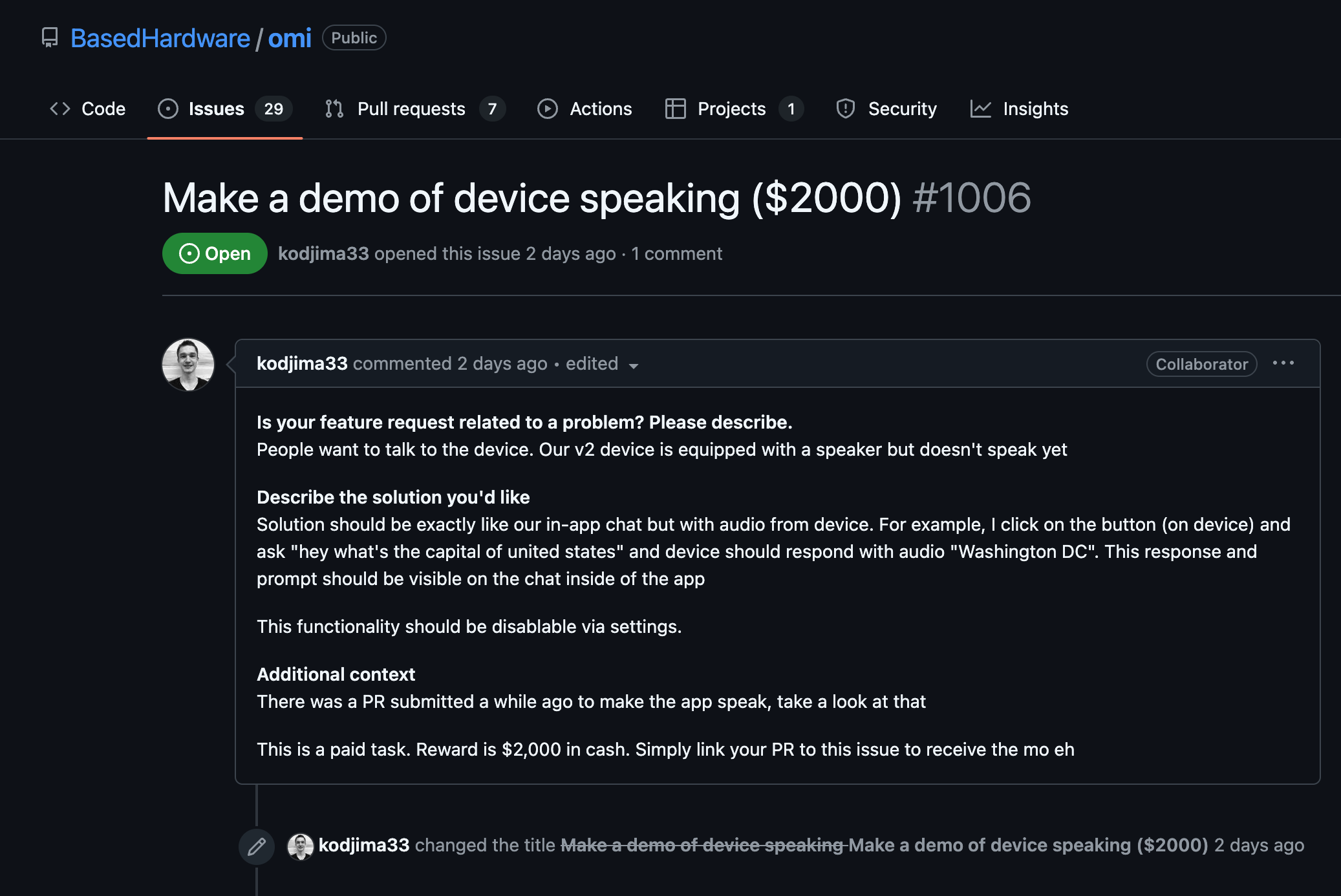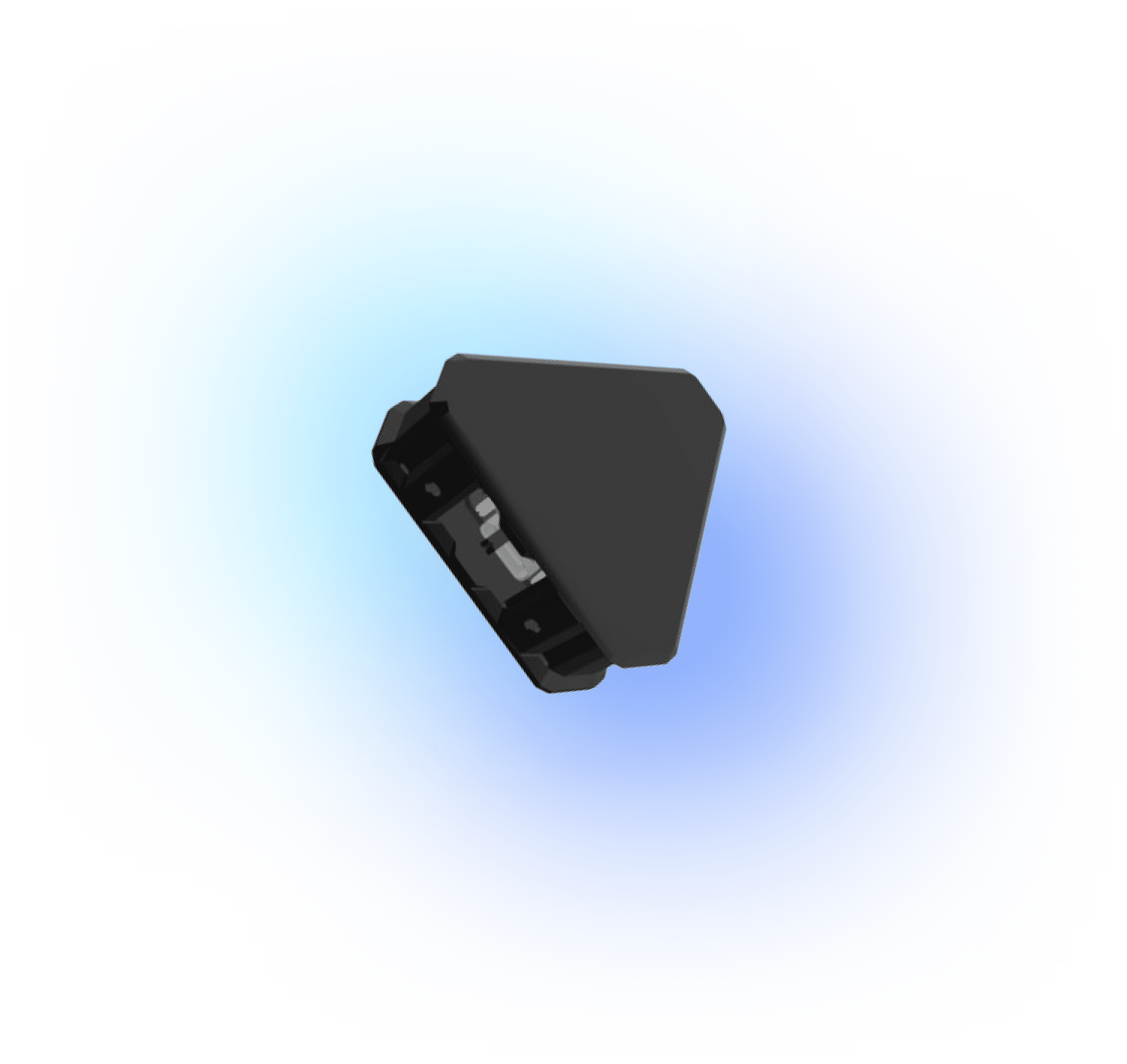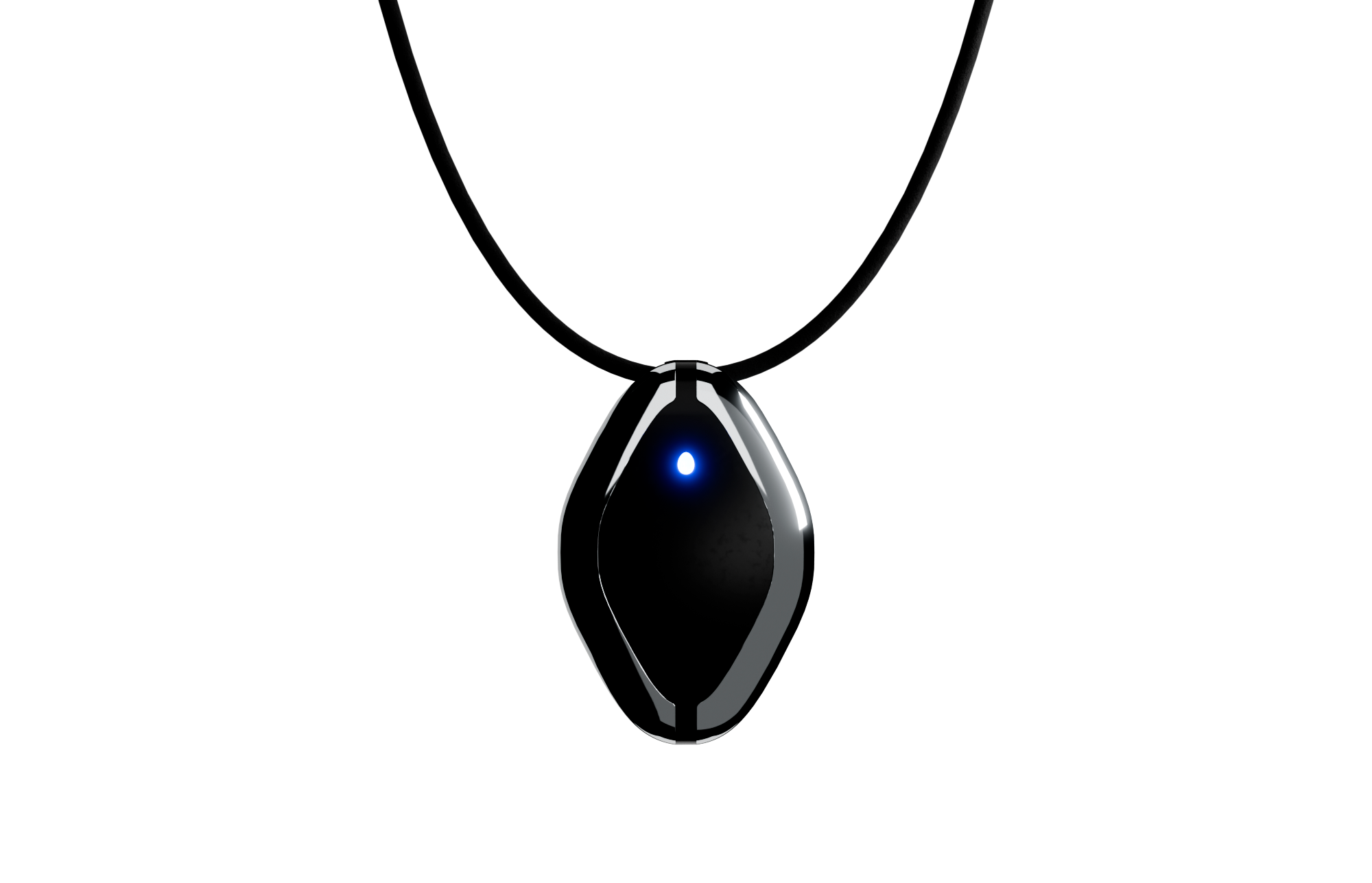Understanding Custom Firmware
- Custom firmware is specially tailored to enhance or add functionalities in embedded devices that are not provided by the manufacturer. It gives you control over the device's features and the way it operates.
- Firmware customization involves writing low-level code, and typically requires knowledge of the hardware architecture and development environment applicable to the embedded system.
Set Up Your Development Environment
- Choose a suitable Integrated Development Environment (IDE) that's compatible with the microcontroller you are targeting. Examples include MPLAB X for Microchip, STM32CubeIDE for STM32, or PlatformIO for a variety of architectures.
- Ensure you have the appropriate compiler and build tools installed that can generate binaries for the specific processor architecture of your device.
Tools and Requirements
- Acquire any necessary hardware, such as JTAG or an In-Circuit Serial Programmer (ICSP), for uploading firmware to the device.
- Make sure you have datasheets and reference manuals of your target microcontroller handy, as these documents provide crucial information about pin configurations, peripheral registers, and system operations.
- Download or clone any open-source SDK or board support package that can help in developing against your hardware platform.
Developing Custom Firmware
- Initiate a firmware project within your IDE, selecting the appropriate project configuration settings for your target device.
- Utilize Hardware Abstraction Layers (HALs) and standard peripheral libraries to manage hardware interactions such as GPIO, UART, SPI, ADC, etc. This adds portability and reduces complexity.
- Program your device logic and functions. A basic example might be configuring a GPIO pin:
#include "microcontroller_specific_header.h"
void configure_gpio() {
// Set the GPIO pin high
gpio_set_pin_level(GPIO_PIN, true);
// Configure as an output
gpio_set_pin_direction(GPIO_PIN, GPIO_DIRECTION_OUT);
}
Validation and Testing
- Simulate your code in the IDE using available emulators and simulators to identify potential runtime errors or logical issues.
- Test your firmware on actual hardware using test hardware setups that replicate the intended usage environment of the embedded device.
- Implement unit tests where possible to check individual parts of the firmware.
Flashing the Firmware
- Compile the code to produce the firmware binary or hex file.
- Use the hardware interface tool (like JTAG, ICSP) to connect to the device and use the vendor-supplied or third-party software to upload your compiled firmware to the device memory.
- For flashing via command line you might use a tool like `avrdude` for AVR microcontrollers, example command:
avrdude -p atmega328p -c usbtiny -U flash:w:my_custom_firmware.hex
Debugging and Maintenance
- Use debugging tools available within your IDE to step through the code and monitor variables and registers in real-time as the program executes on the target device.
- Prepare to handle firmware versioning and rollbacks as part of your deployment strategy in case updates lead to unforeseen issues.
- Document the changes and new features added in the firmware for future reference and support.
By following these steps, you can create and deploy custom firmware that aligns with the operational needs of your embedded devices, maximizing efficiency and functionality while maintaining system reliability.
